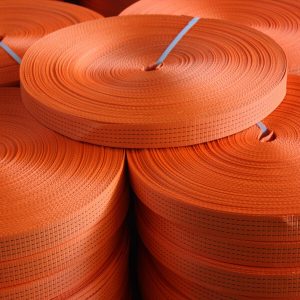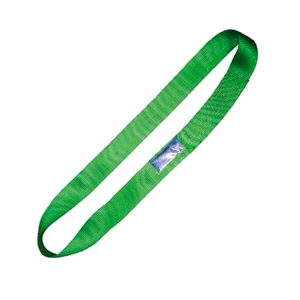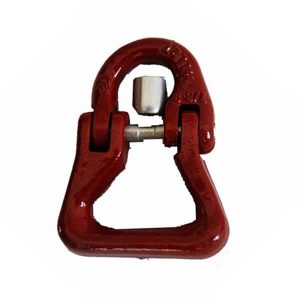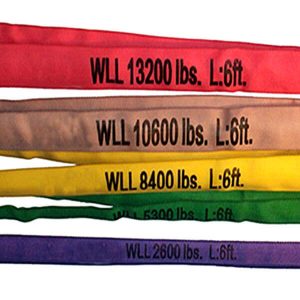6 Key Considerations You Should Know Before Choosing a Synthetic Web Sling
Synthetic web sling can be used for a variety of lifting and towing applications and have many advantages over the lifting chain, including low weight and ease of handling, so how to select the right webbing sling for your lifting application is very important.
The following are 6 key considerations you should learn before choosing a synthetic web sling:
1. Material

Polyester (PE):
Used mainly where acid conditions are present or a minimum stretch is desired, polyester is unaffected by common acid and hot bleaching agents, it is not suitable for use with concentrated sulfuric acid, alkaline or the locations where temperatures exceed 100°C or less than -40°C, stretch at rated capacity is approximately 3%.
Nylon (PA):
The most widely used general-purpose synthetic web sling, is unaffected by grease and oil. It has good chemical resistance
to aldehyde, ethers, and strong alkalis. But it is not suitable for use with acids and bleaching agents or the locations where temperatures exceed 100°C or less than -40°C. Stretch at rated capacity is approximately 6-8%.
UHMWPE: (Dyneema)
High-performance synthetic sling(Dyneema Sling)is made of a super strong polyethylene fiber. It is up to 15 times stronger than steel and up to 40% stronger if on a weight-for-weight basis. It has high energy absorption and low elongation, Dyneema sling floats on water.and is extremely resistant to abrasion, moisture, UV rays, and chemicals. As a result, it has an almost unlimited range of applications. Providing maximum strength and security for minimum weight.
2. Eye types

The eyes of web slings are usually connected with rigging hooks. They can help reduce the wear of the webbing slings end, thereby extending web sling life. The following photos illustrate the more common eye forms using at the end of synthetic web slings.
3. Plies

Synthetic web sling can be sewn in single, double, or multiple plies, basically, the more ply numbers, the much higher load capacity at the same width, refers to the layers of webbing that make up the body of the sling.
4. Width
The wider width, the greater protection, and the higher rated capacity. Here below is the table to show the width of web sling and color coded to indicate their capacity:
The minimal safety factor value must be at least equal to> 7:1 for webbing and round slings, > 4:1 for accessories made of steel, > 5:1 for the remaining components.
5. Types of web slings
Flat eye & eye web sling, single layer, duplex or double duplex web slings with soft eyes at each end
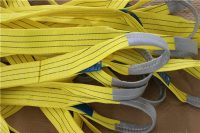
Round slings, endless or eye & eye types, are covered with a durable polyester fabric and very pliable.

Endless slings are one large “endless” loop, can be adjusted with wear points, to extend the working life of the sling.

6. Sling hitches

There are several types of sling hitches used for lifting, followings are the common types of sling hitches for rigging the load, you can easily find the different from the table.
Safety is always the most important aspect to consider when lifting and moving large objects, this article will help you understand some of the keys to choosing synthetic slings. Hilifting is always your best choice for buying the premium synthetic web sling at an affordable price.

